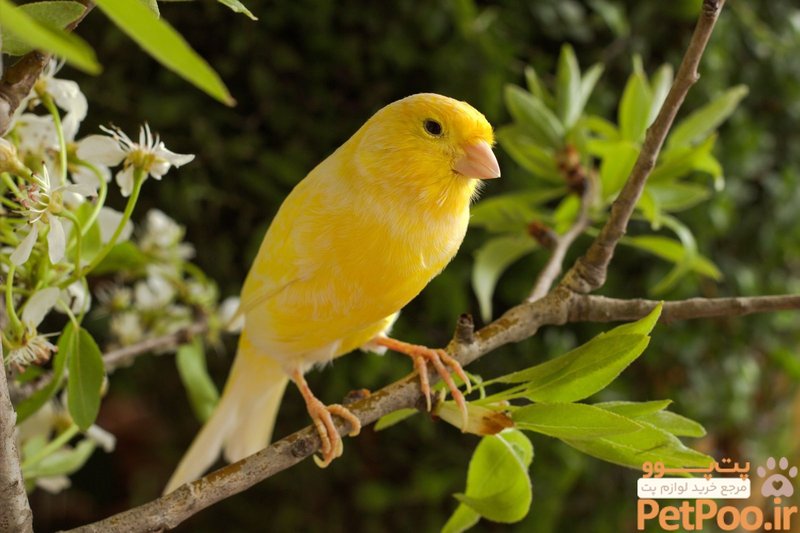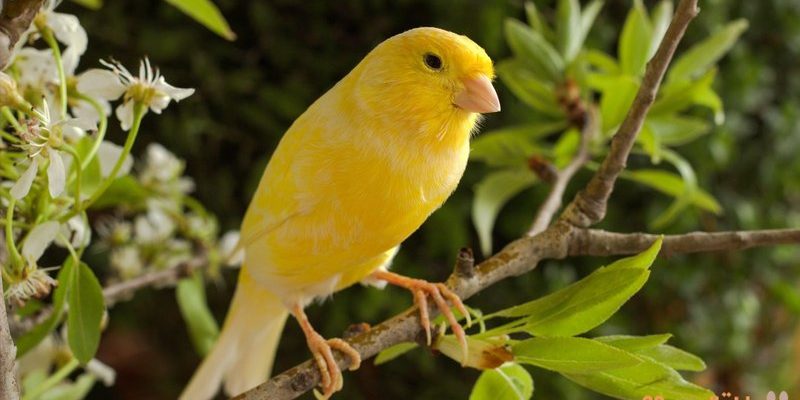
Canaries originally hail from the Canary Islands, a lush paradise off the northwest coast of Africa. They thrive in various environments, from the sun-soaked cliffs of their homeland to the bustling urban landscapes we’ve come to love. So, if you’re daydreaming about spotting canaries in the wild, you’re in for a delightful journey that spans across the globe. Grab your field guide, and let’s explore!
The Natural Habitat of Canaries
Canaries tend to prefer habitats that are rich in plant life and food sources. You might find them in grasslands and scrublands—areas that offer plenty of seeds and insects. These birds often flock to regions where they can easily blend in with their surroundings, thanks to their yellow and green feathers. Think about it like this: just as we might look for a good coffee shop with a nice vibe, canaries seek out places where they can feel safe and find plenty to eat.
Canaries are also sociable creatures. They usually gather in small groups, which is another reason they thrive in places with ample vegetation. In the wild, you might catch them flitting around in bushes or perched on branches, chirping their cheerful songs. It’s almost like they’re having their own little music fest!
Where to Spot Canaries: The Canary Islands
If you’re keen to observe canaries in their natural habitat, there’s no better place than their native home—the Canary Islands. This beautiful archipelago is made up of several islands, each boasting unique landscapes and climates. You’ll find lush forests, volcanic hillsides, and stunning coastlines—all perfect for our feathered friends.
In the wild, the most common types of canaries you’ll find include the Atlantic Canary and the Timbrado Canary. These species have adapted well to the unique environments of the islands. While exploring the islands, you might stumble upon them in gardens, parks, or even town squares, where they chirp happily as they interact with humans and other wildlife.
European Habitats
Canaries didn’t just stay on their home islands; they’ve made their way to various parts of Europe too. In fact, they were introduced to the continent centuries ago, and now you can find wild canaries in places like the southern regions of Spain, particularly in the Canary Islands’ climatic zones.
Here’s the kicker: canaries are often found in gardens, parks, and other green spaces in urban areas. So, if you’re strolling through a park in Barcelona or Madrid, keep your ears open! You might hear their sweet songs echoing through the trees. Many of these birds have adapted to live near humans, enjoying the safety and abundance of food found in gardens.
North Africa: A Different Experience
You might be surprised to learn that North Africa is another hotspot for spotting canaries. The regions of Morocco and Algeria provide suitable habitats that mirror the canaries’ natural preferences back on their home turf. The vast grasslands and scrubby areas in these countries are often filled with seeds and insects that entice canaries to make a home there.
If you ever find yourself wandering through the open landscapes of North Africa, you might also see these birds enjoying the sun. They love to flit about, exploring their surroundings while searching for food. Honestly, their lively presence adds a lovely charm to the scenery.
Canaries in Urban Environments
Believe it or not, canaries have made quite a name for themselves in urban environments around the world. In cities like London, Paris, and New York, you might spot canaries in parks or even residential gardens. Their adaptability has allowed them to thrive alongside humans, which is pretty impressive!
In these urban settings, canaries often benefit from the food sources provided by human activity. They might feast on seeds scattered on sidewalks or munch on insects found in gardens. Plus, their cheerful songs can brighten anyone’s day. If you’re a birdwatcher or just love enjoying nature, keeping an eye out for a canary in your local park can be a delightful experience.
Understanding Their Range and Migration Patterns
Canaries are not known for long migrations like some birds, but they do have specific seasonal movements. Throughout the year, you might notice changes in their population density based on availability of food and breeding conditions. Generally, they prefer milder climates, so when the temperatures rise or fall dramatically, they may adjust their location.
Throughout their ranges, these birds will also migrate to areas where food is more plentiful during certain seasons. This means if you’re looking to catch a glimpse of them in the wild, timing is key. Researching when and where they are likely to be spotted can enhance your chances of seeing these fantastic little birds.
Conservation and Habitat Protection
As charming as these birds are, it’s essential to consider their conservation. Habitat destruction poses a threat to their populations, particularly on the Canary Islands where development can encroach on natural spaces. Here’s the thing: if we want to keep enjoying their songs and beautiful colors, it’s vital we protect their habitats.
Efforts are being made to create protected areas and promote *sustainable land use*. Whether it’s wildlife reserves or conservation programs, many organizations are focused on keeping canaries and their habitats safe. Every little bit helps, and as bird lovers or simply as nature enthusiasts, we can support these initiatives to preserve our feathered friends’ home.
Final Thoughts on Spotting Canaries in the Wild
Whether you’re dreaming of finding canaries in the Canary Islands, strolling through European cities, or exploring North Africa, these little birds are a joy to observe. They capture our hearts not just with their vibrant colors but also with their lively songs and social behavior.
So, grab your binoculars and go on a little adventure! From urban parks to serene landscapes, you never know when you might catch a glimpse of a canary brightening your day with its cheerful presence. Happy birdwatching!

